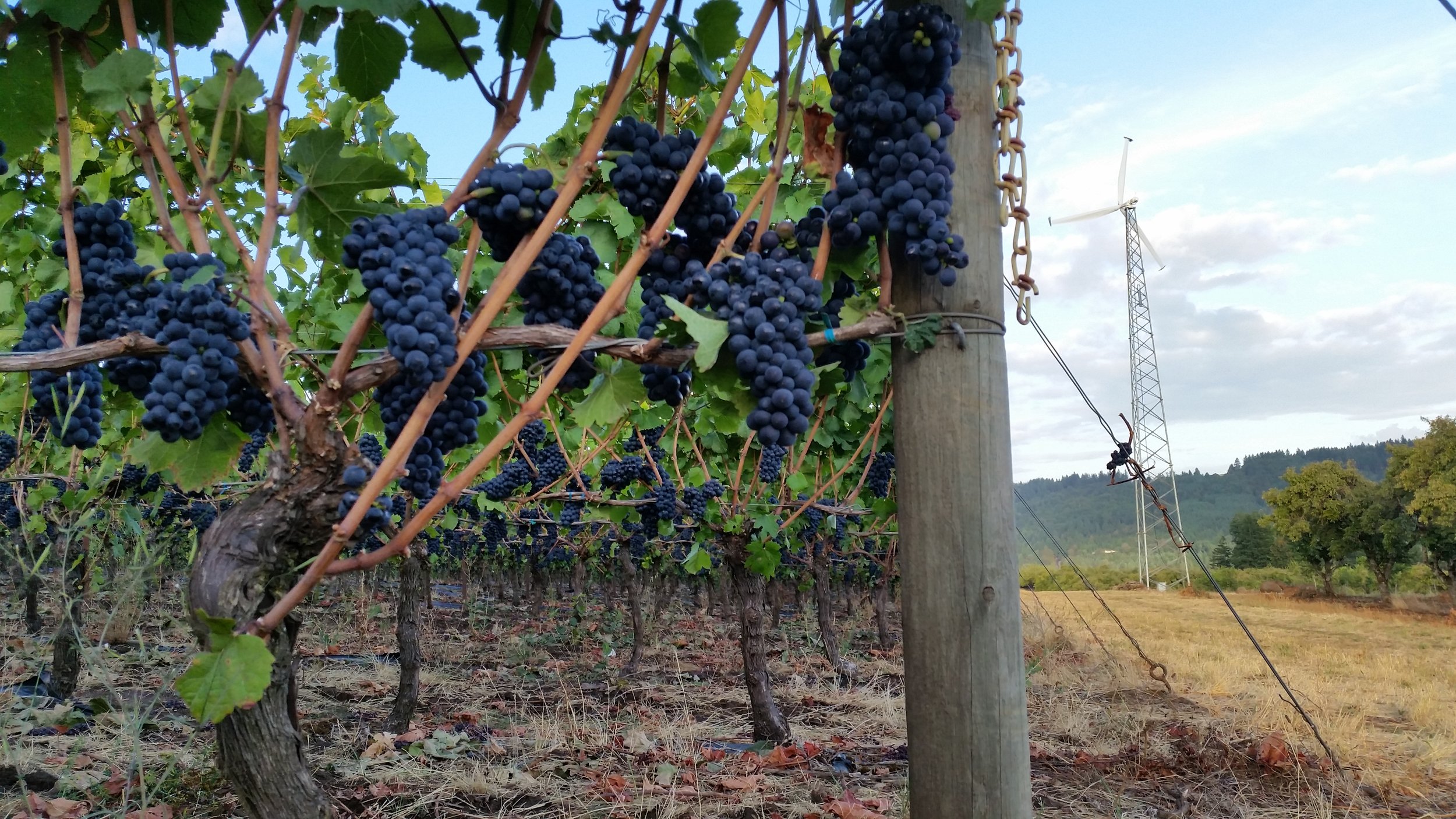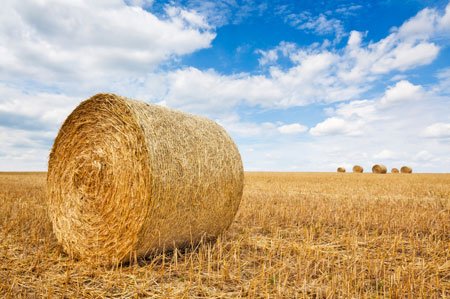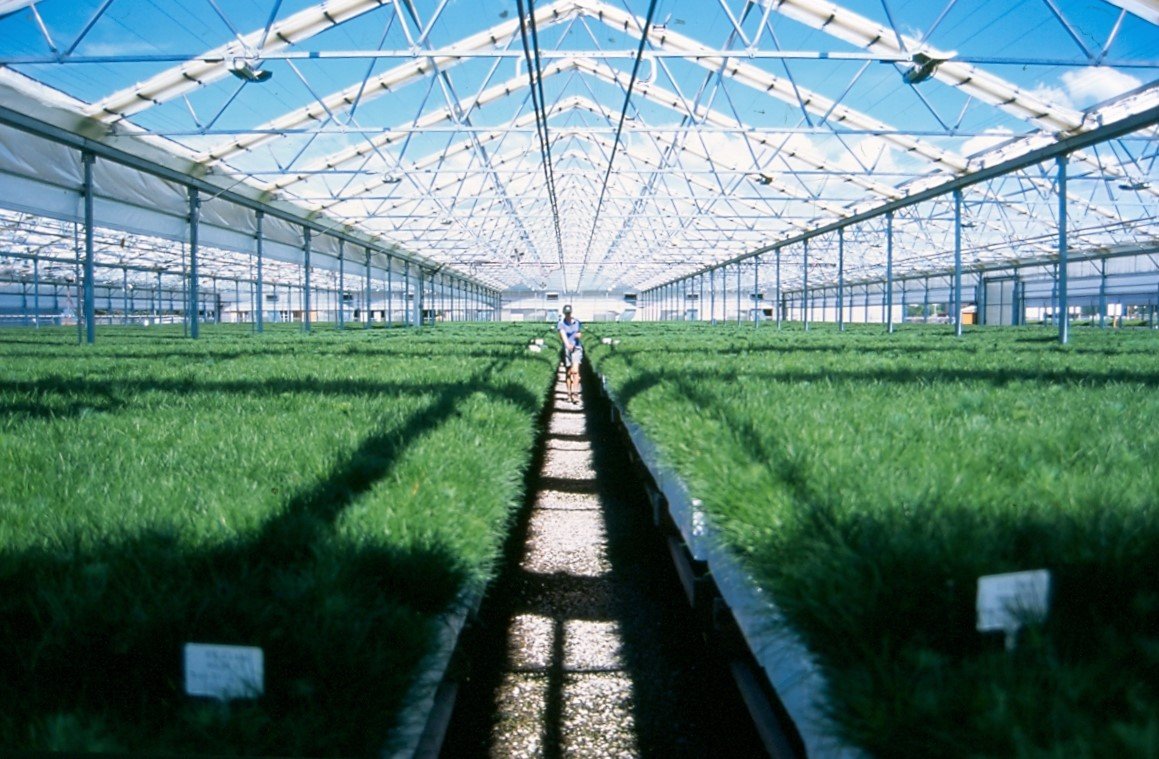Energy Spotlight: Oregon Agriculture
Oregon is well-known for its incredible agricultural sector – filberts, hops, cherries, peppermint, milk products, hay, wine grapes, onions, and much more support local communities across the state. According to the Oregon Department of Agriculture’s annual statistics book, more than 37,000 farms are spread across 16 million Oregon acres, growing or raising more than 200 products valued at over $5 billion.
Oregon agricultural producers use energy for a variety of needs, including powering vehicles and equipment, irrigating fields, cleaning or chilling products, and many other uses. An effective way producers can reduce operating costs is to ensure energy use is as efficient as possible. Additionally, electrifying some farm equipment or vehicles can further reduce energy costs, and reduce pollution and greenhouse gas emissions from fossil fuels at the same time. In the Oregon Department of Energy’s 2022 Biennial Energy Report, we outlined many of the electrification options (and their benefits) in the agricultural sector.
Oregon agricultural producers already rely on electricity as an energy source more than those in other regions. Oregon farms, like many other western states, are more likely to irrigate and more likely to power their irrigation pumps with electricity. In fact, Oregon agriculture gets about 60 percent of its power from electricity, while the national sector gets about 24 percent from electricity. Some Oregon agricultural producers are already taking advantage of options to reduce fossil fuel use by making their buildings and equipment more energy efficient, practicing reduced-till and no-till farming, and installing renewable energy generation.
But other electrification opportunities can further reduce fossil fuel use and increase energy efficiency on Oregon farms and ranches. Some equipment, like water pumps, water heating, forklifts, harvesting platforms, trimmers, chainsaws, heat pumps, and others are already available in electric options with growing adoption among farms and ranches. Other technologies are still in development, new to market, or haven’t seen a boost in adoption yet, like electric tractors, medium-duty trucks, on-farm processing equipment, and others.
Electrifying equipment and processes doesn’t just lead to increased efficiency – it can also reduce maintenance time and costs, avoid volatile pricing of fossil-based liquid fuels, reduce exhaust fumes, improve operator safety with fewer moving parts in engines, and support potential renewable energy investments thanks to lower overall energy needs.
The Oregon Department of Energy is here to help! Our Rural & Agricultural Energy Audit Program can help Oregon agricultural producers and rural small businesses better understand their energy use and potential improvements. ODOE’s program will help fund energy assessments (or audits) that identify investments and actions businesses can take to improve energy efficiency – and an assessment is often a first step in applying for available federal, local, or utility funding to implement improvements. For example, an energy assessment is required when applying to the USDA Rural Energy Assistance Program, which offers both grants (valued at up to 50 percent of eligible project costs) and loan guarantees to rural small businesses and agricultural producers for energy efficiency and renewable energy projects. Learn more on our website.







